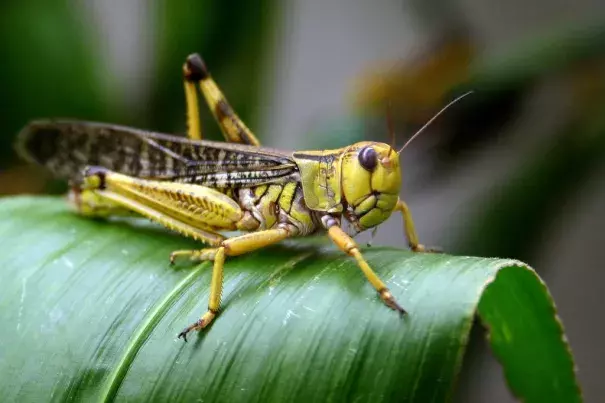How to Stop a Plague of Locusts

There’s evidence that warmer temperatures and more intense weather events influenced by climate change are causing locust plagues to shift globally. They’re descending on new locations, and, in some cases, becoming more frequent and more severe.
“We know locust plagues are affected by weather patterns, so understanding those patterns has helped us better predict where plagues might occur,” said Arianne Cease, a sustainability researcher at Arizona State University who investigates the spread—and mitigation—of locust plagues. “We’re looking to find any outbreak pockets of locusts when they’re young, before they start flying, and then targeting them with pesticides. That’s where we’re at right now, but we think that we can take a step back even before that.”
There are about 20 species of locusts in the world and each of them is impacted differently by the weather, said Cease. That means environmental factors are not one-size-fits-all, although it’s clear changes in weather mean changes in locust populations. But generally speaking, hotter, longer summers hasten the locusts’ development cycle, which can lead to more generations of locusts in a season, creating a high population density. Wetter, warmer winters can have a similar effect by promoting growth of grasslands where locusts like to hang out (heavy rains can also wipe them out early in their development cycle)


